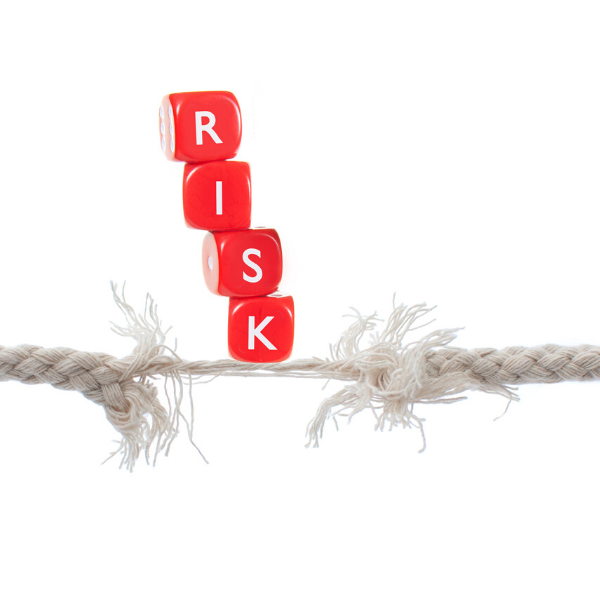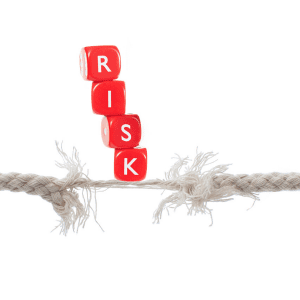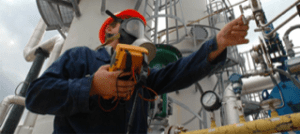Last month we talked about the public perception of chemicals. This month, let’s focus on risk assessments. Risk is a function of both hazard and exposure. Just because your company handles chemicals that are considered hazardous, that doesn’t make you the bad guy. However, you need to take the appropriate precautions to minimize exposure.
When you think about the hazards of a substance, you are thinking of the effects to human health or the environment. However, to bring exposure into the equation, you need to think about what are the routes of exposure (inhalation, ingestion, skin absorption). Then you need to understand how much it takes for the harmful effects to take place.
As an example, if you drink alcohol, such as wine or beer, how much does it take before you start seeing effects? Well sure, one drink maybe you just have a little buzz, but as the number of drinks increases, your body becomes increasingly impaired. Too many drinks could lead to very serious consequences such as unconsciousness or even death.
The same is true for chemicals. At very low levels, there may be insignificant or no effects. However, at some point the scales start to tip and the substance becomes hazardous to human health or the environment. Inhalation is often the typical route of exposure in the workplace environment. Occupational Exposure Limits (OEL) are determined to be the maximum acceptable concentration of a hazardous substance in air.
In order to control exposure, you need to first determine what your current levels are. The best way is to conduct air monitoring to obtain actual data. If your data shows you to be above OELs, you can improve the situation in a variety of ways. Some examples would be to modify your process, set up containment, provide general exhaust ventilation, improve work practices, and/or provide the correct personal protective equipment (PPE).
You can’t control the hazard of a chemical substance, but you can control the exposure, thereby minimizing risk. At Strategic Realm Consulting, we can help you with the risk assessments of your product throughout its life cycle. Contact us, and let’s discuss ways we can help you understand your areas of risk and devise a plan.



